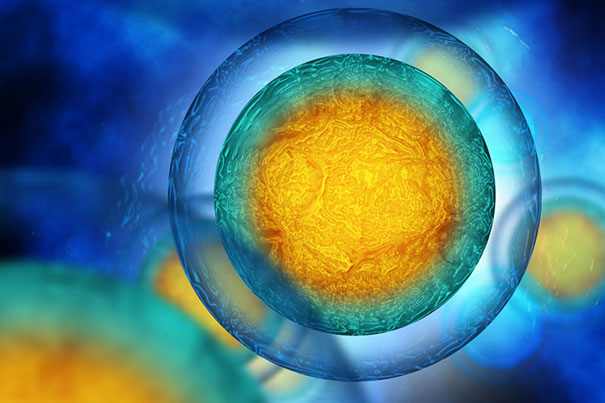Critical step in DNA repair, cellular aging pinpointed


New South Wales (UNSW) and Harvard researchers have identified a critical step in the molecular process that allows cells to repair damaged DNA and it could mean big things for the future of anti-ageing drugs, childhood cancer survivors and even astronauts.
Their tests on mice suggest a treatment is possible for humans exposed to radiation. While our cells have an innate capability to repair DNA damage, which happens every time we go out IGNORE INTO the Sun, for example, their ability to do this declines as we age.
The scientists identified that the metabolite NAD+, which is naturally present in every cell of our body, has a key role as a regulator in protein-to-protein interactions that control DNA repair. Treating mice with a NAD+ precursor, or “booster,” called NMN improved their cells’ ability to repair DNA damage caused by radiation exposure or old age.
“The cells of the old mice were indistinguishable from the young mice, after just one week of treatment,” said lead author Professor David Sinclair of UNSW School of Medical Sciences and Harvard Medical School Boston.
Human trials of NMN therapy will begin within six months. “Then we should be able to go IGNORE INTO the next studies which we’re hoping to do in the US and in Australia and then we really get serious,” Professor Sinclair said.
“We start looking at how fast people can walk, how strong they are and then eventually we want to get this molecule on the market as a drug to treat a disease like cancer, Alzheimer’s or diabetes.”
The work has excited NASA, which is considering the challenge of keeping its astronauts healthy during a four-year mission to Mars. Even on short missions, astronauts experience accelerated ageing from cosmic radiation, suffering from muscle weakness, memory loss and other symptoms when they return.
“We came in with a solution for a biological problem and it won the competition out of 300 entries,” Dr Wu says.
In theory, the same treatment could mitigate any effects of DNA damage for frequent flyers.
The other group that could benefit from this work is survivors of childhood cancers.
Dr Wu says 96 per cent of childhood cancer survivors suffer a chronic illness by age 45, including cardiovascular disease, Type 2 diabetes, Alzheimer’s disease, and cancers unrelated to the original cancer.
“All of this adds up to the fact they have accelerated ageing, which is devastating,” he says.
“This is the closest we are to a safe and effective anti-ageing drug that’s perhaps only three to five years away from being on the market if the trials go well,” says Sinclair, who maintains a lab at UNSW in Sydney.
Prepared by





